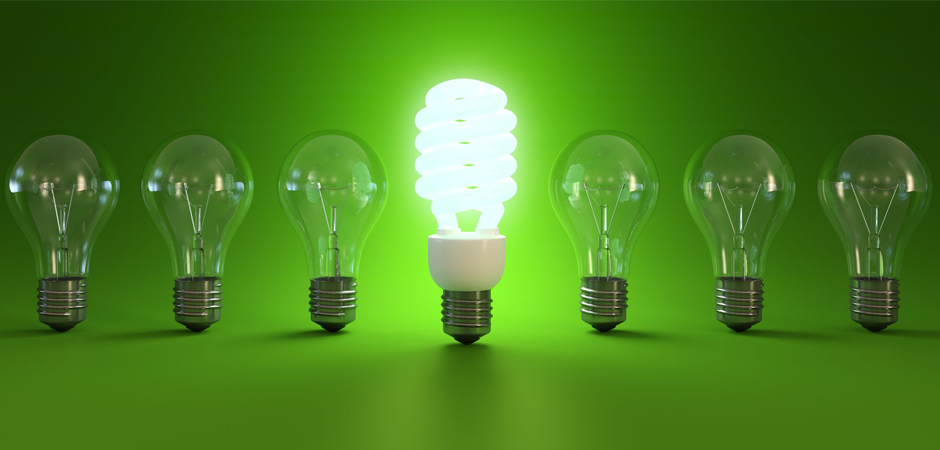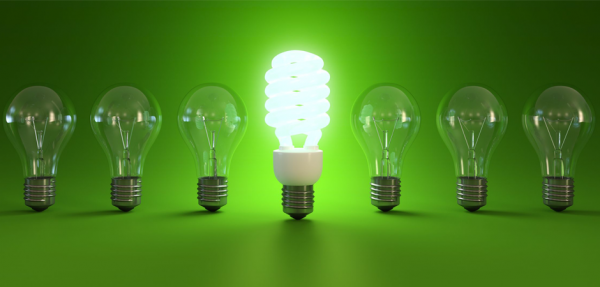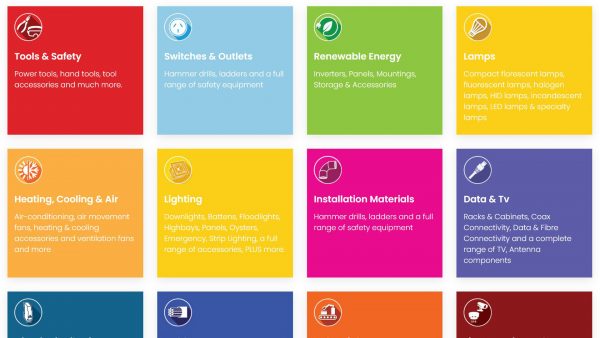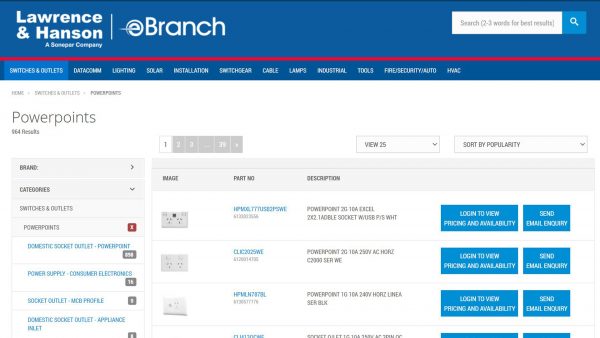
Energy and Sustainability
Understanding the NSW Energy Saving Scheme
If you own a business in NSW then chances are you’ve had a salesman come to your office, warehouse, or shopfront in the last 7 years or so offering you “cheap LEDs” (or up until about 18 months ago free LEDs) and “government rebates”. Often times the solutions these companies are offering sound too good to be true, but the reality is there are thousands of businesses who are continuing to save money on their electricity costs since deciding to upgrade their existing lighting to LEDs. These businesses have taken advantage of what’s known as the NSW Energy Saving Scheme (or ESS). So how exactly does the ESS work?
In a nutshell, businesses in NSW have the opportunity to generate Energy Savings Certificates (ESC’s – or commonly called “eskies”) when they adopt energy savings measures. Those measures include installing high-efficiency motors, energy efficient appliances, power factor correction, and most commonly, installing LED lighting in place of existing fluorescent, halogen, and HID lighting. Under the scheme, when a business upgrades their existing light fittings to energy efficient LEDs, this means they reduce their electricity consumption, thus creating ESC’s. This is where it gets exciting for businesses: ESC’s are in fact a tradable commodity. When your business creates ESC’s through the Energy Saving Scheme, they can then be purchased from you by companies called Accredited Certificate Providers (ACP’s). From there, ESC’s are then sold off to the energy retailers (think Ausgrid, Endeavour Energy, Origin Energy).
At face value, it can seem a little bit convoluted. There are a few sets of hands this all needs to go through to achieve the end result (that being lower electricity bills). The reason for this is there is a lot required to ensure each individual project is up to the necessary standard. The energy retailers need to be able to verify to Ipart (the NSW Government department that manages the ESS) that every project undertaken is in fact producing ESC’s, that the businesses taking part are eligible for upgrades (and haven’t already taken part in any energy saving activities under the scheme), that the products being installed adhere to certain minimum requirements, that the people installing the products are suitably qualified, licensed and insured, and finally that the old products that are being removed are being disposed of appropriately. ACP’s are able to ensure all the required information is presented in the format required, making life easier for the energy retailers, the installers, and most importantly, the end user.

So let’s bring this into the real world: Let’s talk about Company X.
Company X is an engineering firm which operates out of a factory/warehouse in Western Sydney. Their annual electricity consumption is 29,610 kilowatt-hours, resulting in an annual electricity bill of around $4,150. Inside their factory, Company X has 14 high bay light fittings, each consuming slightly over 400W. Under the ESS, these fittings are to be replaced by equivalent LED high bay fittings, each consuming 150W. As a result, their power consumption will drop to 10,017 kilowatt-hours, and their annual bill now looks closer to $1,400. Company X has now managed to reduce their electricity consumption by 66%!
It’s important to note that these savings don’t come for free. The cost for Company X to purchase these new LED high bay fittings was $5,005, and the cost for installation was $1,540, making the total cost of the project $6,545, but we haven’t yet mentioned the ESC’s that the project has created! Upgrading Company X’s 400W high bays to 150W high bays generates 208 ESC’s, which at present are worth just over $22.50 each, creating a discount of around $4,690. Taking that discount away from the original total of $6,545 means that the total amount that Company X have to pay for supply and installation of new LED lighting for their factory, as well as removal and disposal of the original fittings, is just $1,855.
When you think of this figure in terms of Company X’s annual electricity bill, their savings are around $2,750 per year (their original bill of $4,150, take away their new bill of $1,450). This means that the money Company X outlay will be recouped in full in less than 12 months (in fact if you calculate it monthly it will take around 8 months for the savings to pay for the entire project). After that point, the energy savings will go straight to Company X’s bottom line.
Businesses all over NSW are taking up the NSW ESS. Whether your business occupies a small shopfront, a multi-storey office, or a factory/warehouse, or whether you’re a school, a club, a pub, or even a hospital, chances are you’re eligible to upgrade your existing lighting to energy efficient LED’s, resulting in huge cost savings for your business!
At Lawrence & Hanson we are well versed and equipped to assist businesses to reduce their electricity bills, and provide solutions that help to lower their electricity consumption, while taking advantage of government grants and rebates that are available. The Company X project listed above is an actual project that was undertaken by Lawrence & Hanson in partnership with the team at Specialised Lighting Solutions. All rates, figures, and data shown is accurate.
Get in contact with a member of staff today on your requirements! CLICK HERE


